From it, you make calls, send emails and messages to clients, contact center colleagues, and see your work performance indicators.
Omnichannel platform from Oki-Toki
An omnichannel platform integrates calls, web chats, email, social media, messengers, and mobile apps. Working in such a unified environment is very convenient for people, and the unified data create conditions for the operation of bots - reliable and functional assistants.
What is an omnichannel platform?
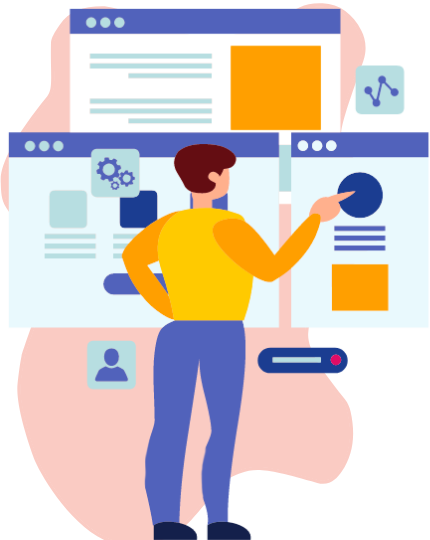
An omnichannel platform is an integrated communication system that combines all the communication channels used to interact between clients and the company. This creates a “seamless” environment where the client can communicate with the company through any convenient channel.
As part of such a platform, a client does not need to repeat their question when they switch to another channel because all the data about them and their inquiries are collected in a unified customer profile. Agents also do not need to switch between many open windows as they see the entire history of communication with the client in one place.
Thus, omnichannel analytics allows companies to ensure high-quality customer service and increase the efficiency of agent operations. Moreover, thanks to a unified customer profile and a convenient interface for agents, managers, and analysts can quickly obtain complete information about clients and their inquiries, helping to make informed decisions to improve service quality.
Requirements for the Omnichannel System
Single Agent Workspace
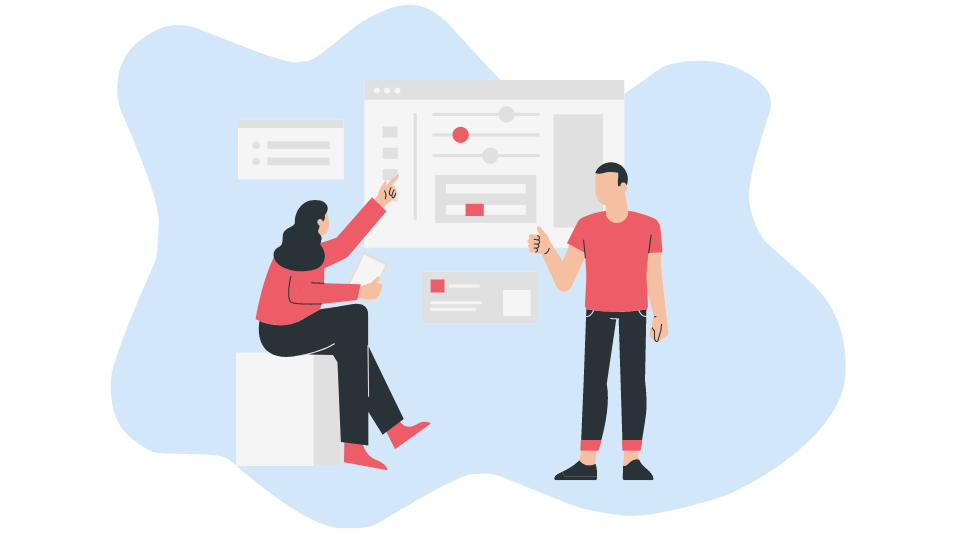
Integration with Communication Tools
Integration with your messengers: WhatsApp, Viber, Telegram, Skype, social networks: Facebook and Instagram, and calls, website, and email.
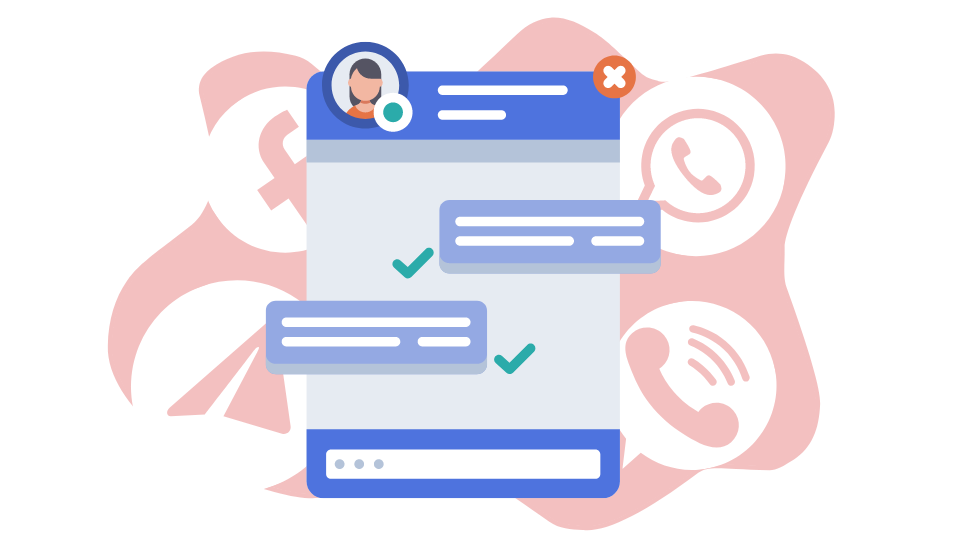
Unified Message Automation and Assistant Bots
Bots help you not only with question-and-answer chains but also with FAQs, additional skills, data extraction from messages, “Pocket” analytics, and dozens of other tasks to ensure communication leads to your goals.
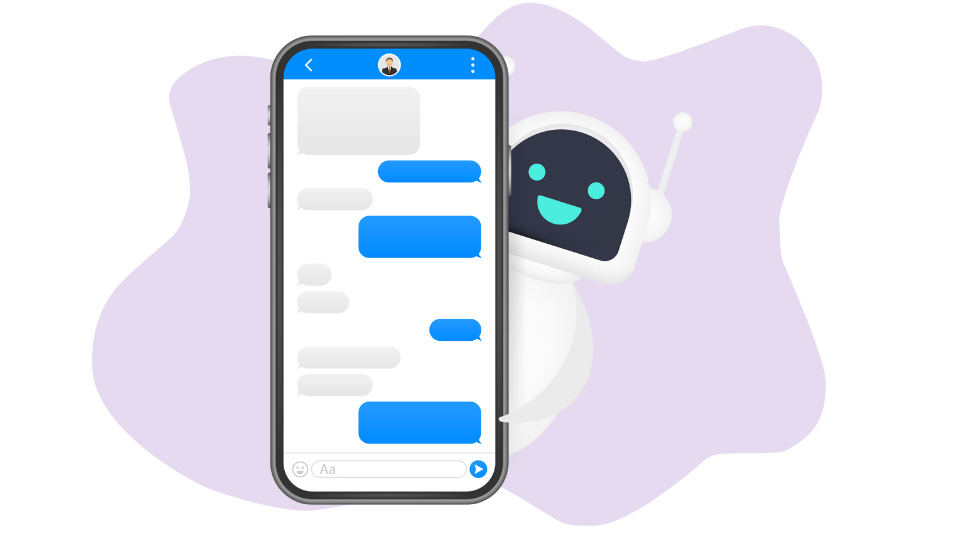
Reporting Across All Communication Channels
Agent reports by communication channels, Customer Experience Reports, and Integration of customer paths with Google Analytics.
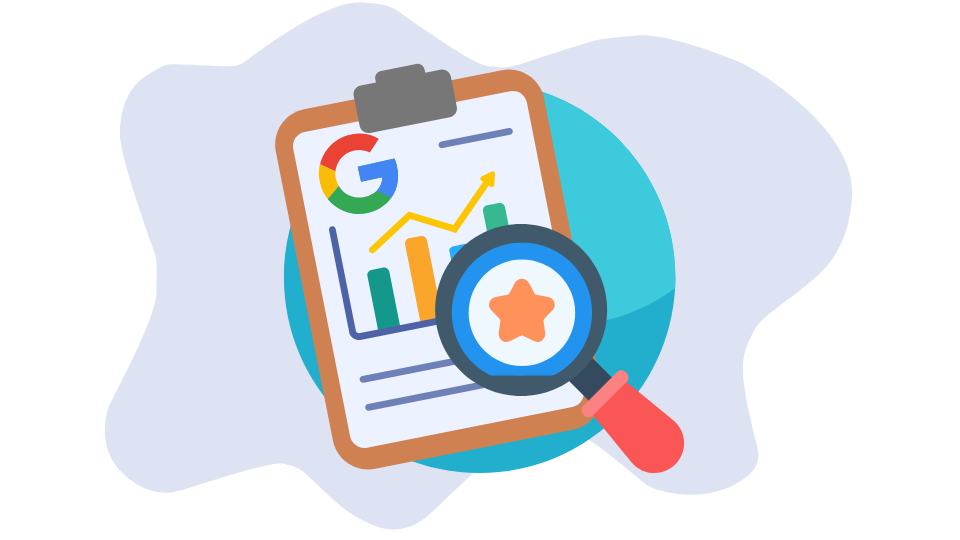
Unified Customer Profile
Omnichannel customer card and assistant bots that help keep it updated and relevant.
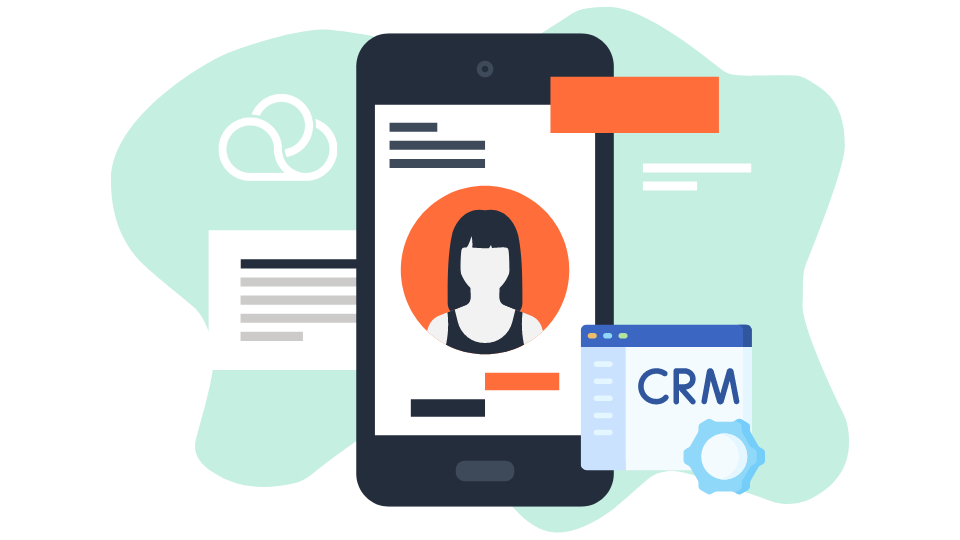
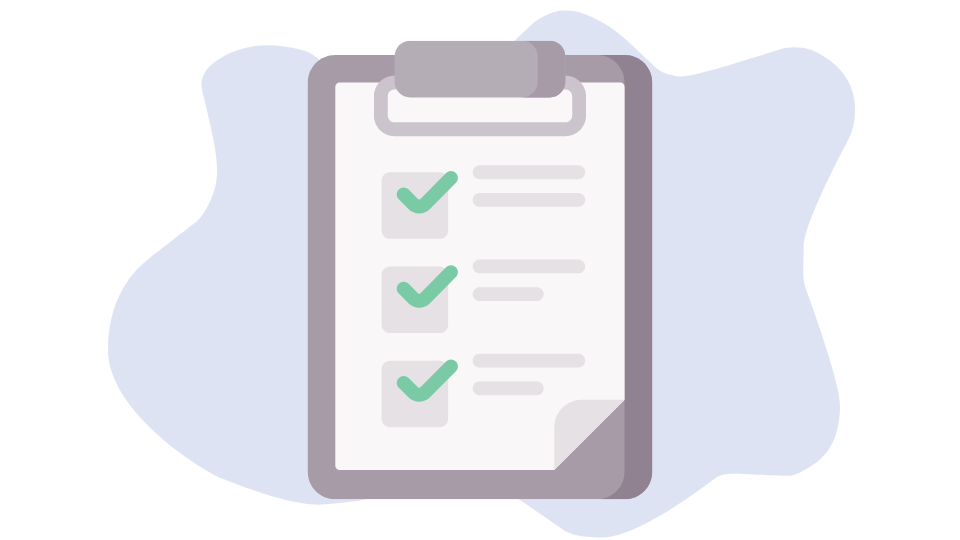





Omnichannel
Omnichannel is an approach to communication where a company integrates all customer communication channels into a single system, providing the customer with the ability to communicate via any channel they prefer, regardless of their location or the device they use.
Within the framework of the omnichannel platform, customers can communicate with the company through calls, email, social networks, and messengers such as WhatsApp, Viber, Telegram, Skype. The company, in turn, combines all these channels into a single system to ensure seamless communication and convenience for the customer and employees.
Questions and Answers
Cost of the Omnichannel Solution
The cost of the solution starts from 22.5 euros per month.
Customization and Development of the Omnichannel Solution
The Oki-Toki service has an advanced API, allowing the implementation of almost any new functionality.
How are inquiries distributed that come through different communication channels in the contact center?
In our system, all inquiries are arranged in a single queue.
Is there a server solution for internal contact centers?
Omnichannel solution from Oki-Toki is available in both cloud and server options.
Integration of Oki-Toki's Omnichannel Solution with Own CRM
Oki-Toki has an advanced API for integration with any complexity of external service. Submit a request on the website, and our experts will help you.
How do Omnichannel Sales Work?
Omnichannel sales is a sales strategy that uses all available communication channels with clients. Let’s see how such a strategy works in practice:
- The client looks for information about a product or service on the internet. The company provides them with the necessary information through its website or social networks.
- The client submits an application or places an order through the website or social networks. These data enter the company’s CRM.
- An employee of the company or call center agent receives information about the client’s application and sees the entire history of their inquiries to the company, thanks to the integration of all communication channels into a single system.
- The company employee offers the client the most suitable product or service based on their needs and interests. Data about the client and their preferences can be obtained from the database and through cross-analysis.
- The company uses mailings, messages in social networks, and personal messages to maintain the client’s interest and stimulate purchases.
- The client receives the product or service, and the company keeps the entire history of communication with the client to improve the quality of service and maintain long-term relationships with the client.
Thus, omnichannel sales allow companies to improve the quality of customer service, increase sales efficiency, and enhance customer satisfaction by using all available communication channels.
Omnichannel solutions
Omnichannel contact center software communications are a powerful tool for businesses that integrates different communication channels into a single environment. Among these channels, one can highlight calls, web chats, email, social media, messengers, and mobile apps. Combining all these channels allows customers to choose the most convenient way to communicate with the company, and also enables business employees to work within a unified interface and get quick access to necessary information.
Omnichannel Tools
Single agent workspace
One of the key requirements for an omni-channel contact center system is the presence of a single agent workspace. This means that an agent should be able to work with all client communication channels from one place, without switching between different applications or interfaces.
A single workspace should include the ability to make calls, send emails, and messages to clients and colleagues within the contact center, as well as the ability to track the indicators of their work, such as the number of processed requests, processing time, etc. Such a unified workplace allows agents to manage their work effectively, respond to client inquiries faster and with higher quality, and increase the overall productivity of the contact center.
Integration with Communication Tools
For omnichannel call center software solutions, it is important to have the ability to integrate with all communication tools used by clients. This includes popular messengers such as WhatsApp, Viber, Telegram, Skype, as well as social networks Facebook and Instagram. Additionally, the system must integrate with calls, the website, and email. Integration with communication tools allows agents to quickly receive information and react promptly to client inquiries. Thanks to this, clients have the opportunity to reach out through their preferred channel, not limiting themselves to just one means of communication, thereby improving the quality of service and customer satisfaction.
Unified Message Automation and Assistant Bots
One of the key requirements for an omnichannel call center solution system is unified message automation and the presence of assistant bots. Bots are software algorithms that can help agents process client requests and reduce their workload. They not only can conduct basic chains of questions and answers but also have additional skills such as extracting data from messages, “pocket” analytics, and dozens of other tasks that help reduce response time to client inquiries and improve service quality. Thanks to bots and unified message automation, companies can significantly increase work efficiency, improve the interaction experience with clients, and increase the level of customer satisfaction.
Reporting Across All Communication Channels
Reporting across all communication channels is one of the requirements for an omni-channel contact center solution, meaning that the omnichannel system must provide reports across all communication channels used to engage with clients, including calls, email, social networks, messengers, etc. Agent reports by communication channels allow tracking the number of client inquiries through each communication channel, the speed of agent responses to requests, the duration of inquiries, and other parameters that can help optimize the work of the contact center and improve customer service quality. Customer Experience (CX) reports allow assessing the quality of customer service and find out how satisfied clients are with the contact center’s work. CX reports contain data on customer satisfaction, reasons for inquiries, frequency of inquiries, and other parameters that can help improve service quality. Integrating customer journeys with Google Analytics allows tracking the customer’s path on the company’s website and assessing the effectiveness of each communication channel used by the client. This enables the optimization of the website and contact center work to improve client communication convenience and increase sales efficiency.
Unified Customer Profile
A unified customer profile in an omnichannel system is one of the key requirements for effective customer interaction. It allows storing all information about the customer in one place, including data from different communication channels such as calls, email, social networks, and messengers. Omnichannel live chat solutions also employ assistant bots that help keep the customer profile up-to-date and comprehensive. They can automatically request additional information from the customer, such as a phone number or email address, and add it to the profile. Additionally, bots can be used for communicating with the customer through different communication channels and collecting information about their preferences, interests, and needs. All this data is stored in a unified customer profile and used for more effective communication and personalization of offers.

